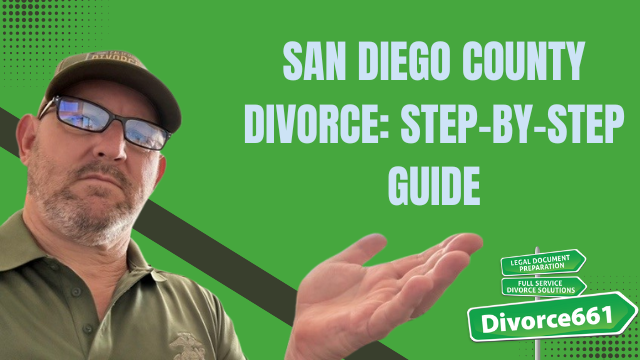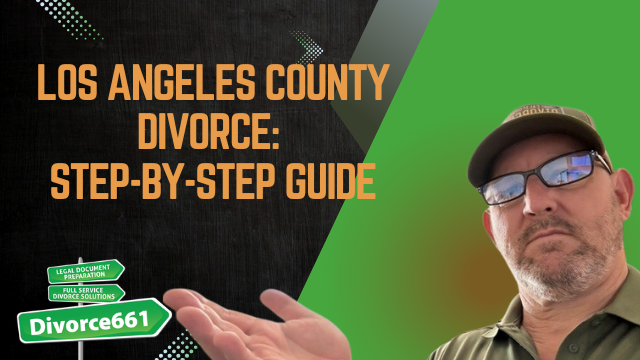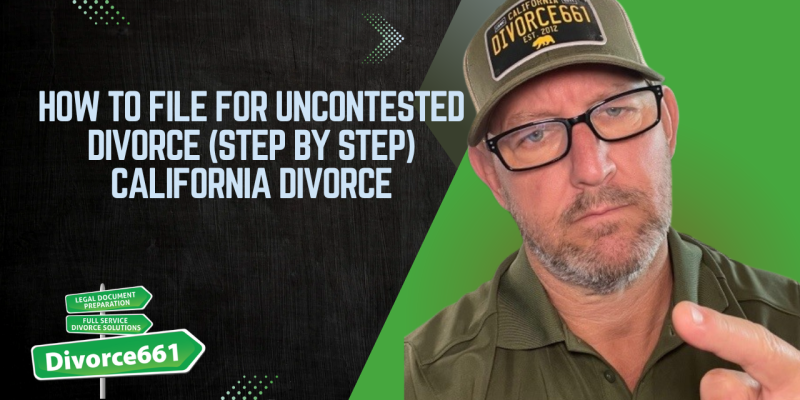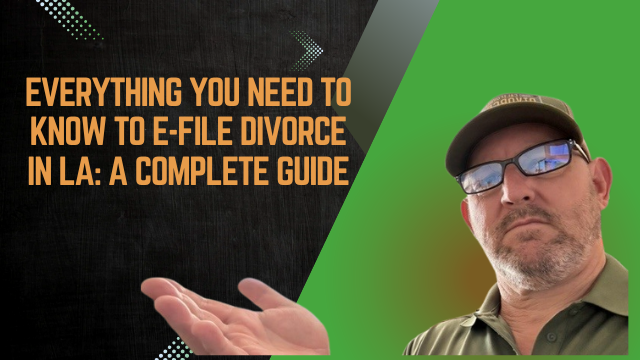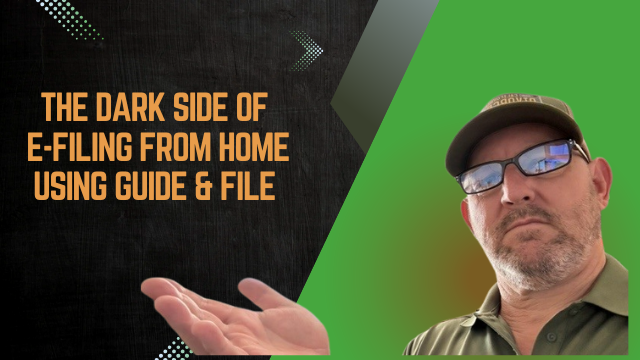Alameda County Divorce: Step-by-Step Guide
I’m Tim Blankenship from Divorce661. If you’re starting a divorce in Alameda County, this guide walks you through the exact steps to get your case opened, keep it moving, and avoid the common mistakes that cause delays or rejections.
Overview: What to expect
Alameda County requires electronic filing for all divorce documents. From e-filing your Petition and Summons to exchanging mandatory financial disclosures and submitting a judgment package, each step has rules that must be followed. When done correctly, most uncontested divorces can be completed quickly—often without courtroom appearances.
1. E-file your Petition and Summons
The very first step is to e-file (electronically file) your Petition and Summons to open the case. This is mandatory in Alameda County and is designed to improve accuracy and speed. Because it’s required, you can’t bypass this step—so learn the e-filing portal or get help to avoid common mistakes.
- Why e-filing matters: It ensures proper formatting, tracks submissions, and starts your court timeline.
- Common pitfalls: Incorrect case type, missing attachments, or improperly completed forms can lead to rejections.
- Tip: Double-check all names, case information, and signatures before submitting.
2. Serve your spouse correctly
After you file, your spouse must be served legally. Alameda County accepts two primary methods of service:
- Personal service: A third party (not you) personally hands the documents to your spouse and completes a Proof of Service form.
- Signed acknowledgement: Your spouse signs an Acknowledgement of Receipt or similar form acknowledging they received the paperwork voluntarily.
Improper service is one of the fastest ways to derail a case. If service isn’t done according to the rules, the court can delay your case or refuse to proceed until proper service is completed.
3. Complete and exchange financial disclosures
Financial disclosure is mandatory in California divorces. These disclosures promote transparency and form the basis for any settlement or court determination about support, property division, and fees.
Key documents to assemble and exchange include:
- Recent pay stubs and income statements
- Federal tax returns (usually last 2–3 years)
- Bank and retirement account statements
- Mortgage and loan statements, credit card balances
- Valuations or appraisals for major assets (home, vehicles, business interests)
Tips for a smoother disclosure process:
- Organize documents before you start—create folders for income, assets, debts, and expenses.
- Be honest and thorough; omissions can lead to sanctions or reopening of agreements.
- If you’re unsure about valuation or whether a document is necessary, ask for guidance.
4. Draft a Marital Settlement Agreement (if you agree)
If you and your spouse reach agreement on all issues—property division, debts, support, and any custody/visitation matters—you’ll draft a Marital Settlement Agreement (MSA). The MSA lays out terms that will be incorporated into the final judgment.
- Make it complete: Ambiguities invite future disputes. Be specific about who gets which assets, how debts are allocated, and payment terms.
- Include exhibits: Attach schedules or lists of assets and debts when appropriate.
- Review legal requirements: Certain support waivers or spousal support provisions may need careful language to be enforceable.
5. Submit the judgment package for court approval
Once the MSA (if applicable) and all required documents are ready, assemble your judgment package and submit it to the court for review. The court will check that forms are complete, disclosures were exchanged, and required waiting periods have been observed.
Expect reviewers to look for:
- Properly completed judgment forms
- Evidence of service and proof that disclosures were exchanged
- Signatures where required
When everything is in order, the court approves the judgment and finalizes the divorce. If something is missing or incorrect, the court can reject the package and send it back for correction.
Common pitfalls and how to avoid them
These problems frequently cause delays or rejections:
- Incorrect or incomplete e-filing submissions
- Improper service on the other party
- Missing or inadequate financial disclosures
- Incomplete or ambiguous settlement agreements
- Missing signatures or incorrect form versions
Avoiding these errors typically just requires careful organization and following court instructions. When in doubt, get a second set of eyes—either a professional or a trusted advisor familiar with Alameda County procedures.
Real client success
We recently helped a client in Alameda who had tried to complete their divorce alone—twice—and had their judgment package rejected both times. After reviewing the case, we corrected the service documentation, completed the missing disclosures, clarified ambiguous language in the settlement, and resubmitted. The court approved the judgment in just two weeks.
“After two court rejections, we reviewed everything, corrected the issues, and got their judgment approved in just two weeks.”
Why consider professional help
Working with someone experienced can save time, reduce stress, and prevent costly delays. At Divorce661 we offer flat-fee, 100% remote services across California, handling filing, service, disclosures, and the judgment package to help you finish fast—often without a court appearance.
- Flat-fee pricing—no hourly billing surprises
- Remote handling of filing and paperwork
- Assistance with service, disclosures, and judgment packages
Conclusion and next steps
If you’re filing in Alameda County, start by e-filing your Petition and Summons and make sure service and disclosures are done correctly. These early steps set the tone for a smooth process. If you want help making sure everything’s done right, visit Divorce661.com to schedule a free consultation and get expert guidance from start to finish.


